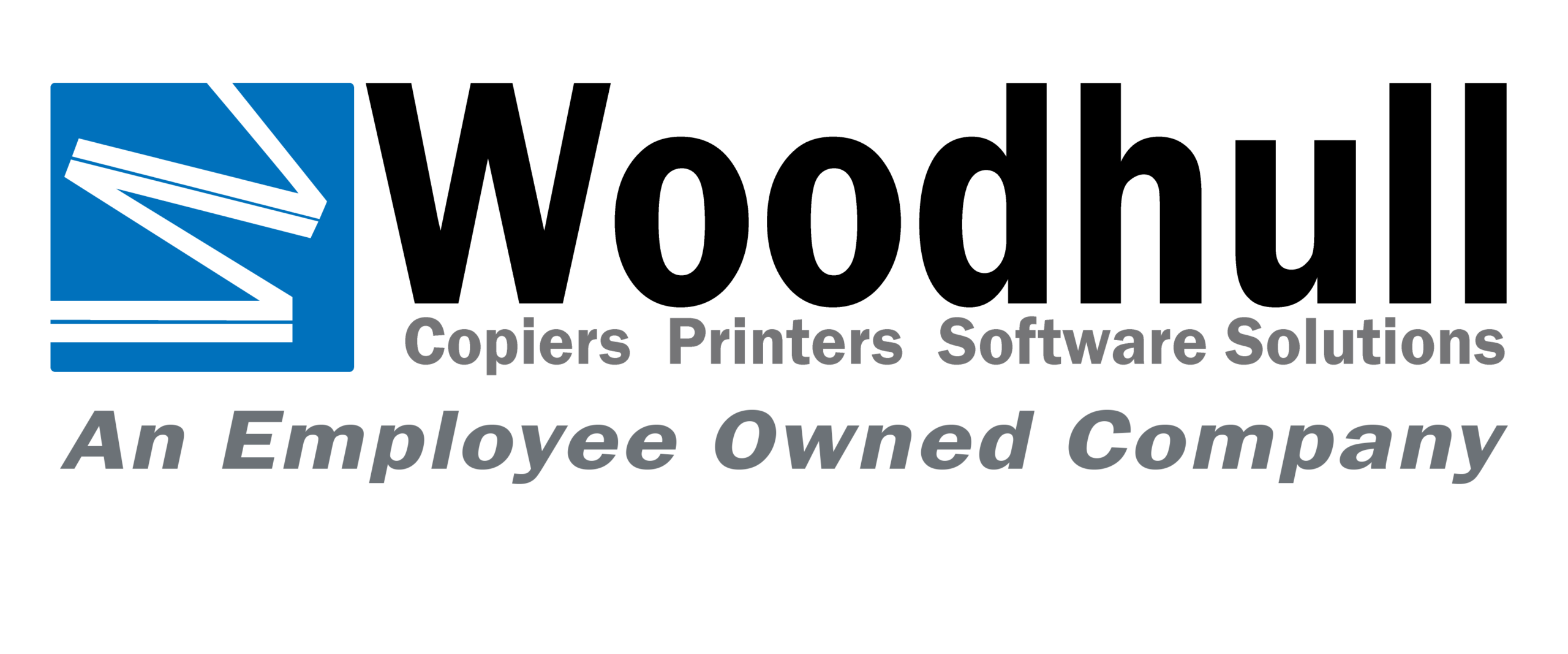The history of document software solutions is a fascinating journey through time, marking the evolution of technology and its profound impact on the way we create, manage, and store information. From the early days of typewriters to the advanced document management systems we use today, the progression has significantly influenced productivity and communication in business and beyond.
Origins: Typewriters and Word Processors
The story begins with the typewriter, invented in the late 1800s. This mechanical device was the cornerstone for document creation for nearly a century. Businesses and individuals relied on typing pools where skilled typists produced written documents.
Transition to Electronic Systems
The 1970s introduced the first wave of electronic word processors. These early devices, such as the IBM Magnetic Tape Selectric Typewriter, combined typewriter functionality with electronic editing features, allowing users to edit text without retyping entire documents.
The Advent of Personal Computers
With the advent of personal computers in the late 1970s and early 1980s, software-based word processing rapidly advanced. Early examples like WordStar and WordPerfect offered more sophisticated editing tools and formatting options, marking the shift from hardware to software solutions for document creation.
Microsoft Word and Office Suites
The mid-1980s saw the emergence of Microsoft Word, which would grow to become synonymous with word processing. Integrated into the Microsoft Office Suite, alongside other productivity tools like Excel and PowerPoint, it formed an ecosystem that revolutionized how we work with documents.
Emergence of Document Management Systems (DMS)
As the volume of digital documents increased, organizing and retrieving them became a challenge. The 1990s introduced Document Management Systems (DMS) to address these needs. These systems provided structured repositories for documents, including version control, access permissions, and search capabilities.
Collaboration and Cloud Computing
The internet era brought about a new dimension to document software solutions: collaboration. Tools like Google Docs, introduced in the mid-2000s, allowed multiple users to work on a single document simultaneously from anywhere in the world.
The rise of cloud computing further bolstered this collaborative spirit, with services like Dropbox and Microsoft OneDrive providing secure, remote storage and sharing options.
Mobile Access and Apps
The proliferation of smartphones and tablets necessitated mobile access to documents. Developers created apps that enabled users to view, edit, and share documents on the go. The emergence of responsive design meant that software solutions could adapt to various screen sizes and device types seamlessly.
AI and Machine Learning
The latest frontier in document software solutions involves artificial intelligence (AI) and machine learning. These technologies enable features like predictive typing, automatic grammar correction, and even content creation assistance like Jasper. They enhance efficiency and open doors for new ways of working with text.
Security and Privacy
With the transition to digital, the importance of security and privacy escalated. Document software solutions now come with robust encryption, two-factor authentication, and compliance with regulations like GDPR to protect sensitive information.
Future Directions
Looking ahead, the trend towards integration and cross-functionality points towards a future where document software solutions are part of larger, more intelligent systems. They will likely offer even more automated features, deeper analytical insights, and tighter security to meet the growing demands of users.
The journey from humble typewriters to AI-powered document ecosystems reflects the dynamic nature of document software solutions. As we continue to evolve technologically, these tools will remain critical in shaping the way we document, share, and preserve our ideas and information.
The story of document software has indeed come a long way and will undoubtedly continue as we advance in innovation and technology. It’s a narrative of overcoming limitations and enhancing human capabilities, one that will keep unfolding as long as there’s information to process and share.
